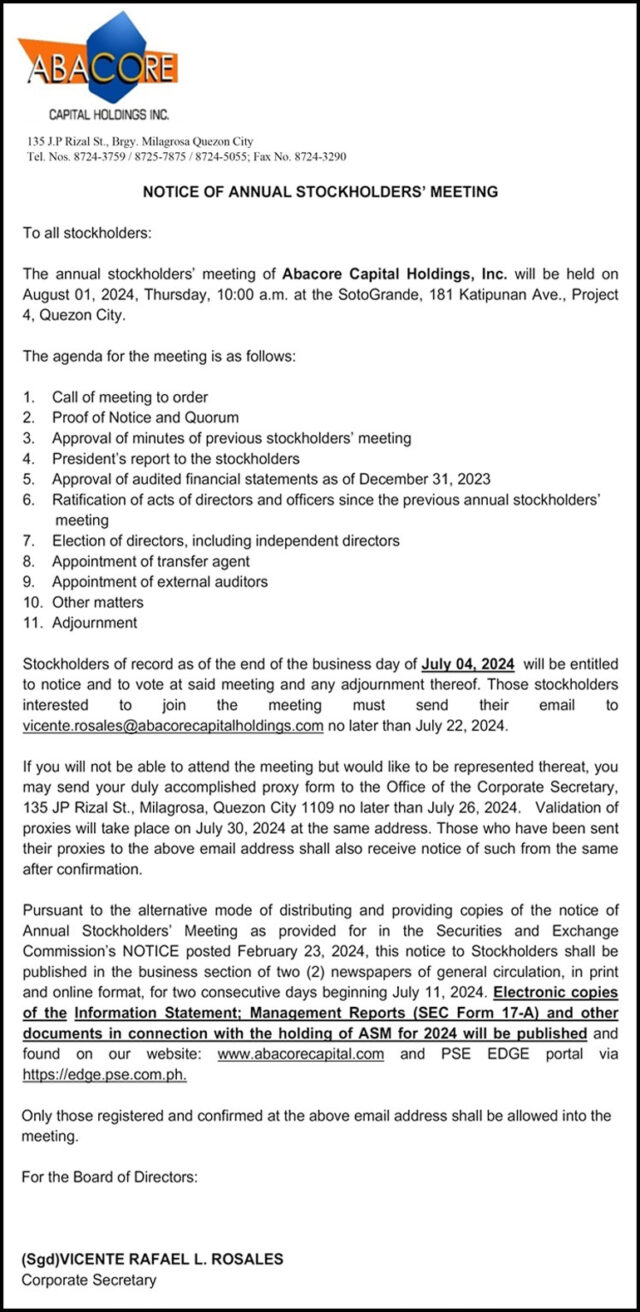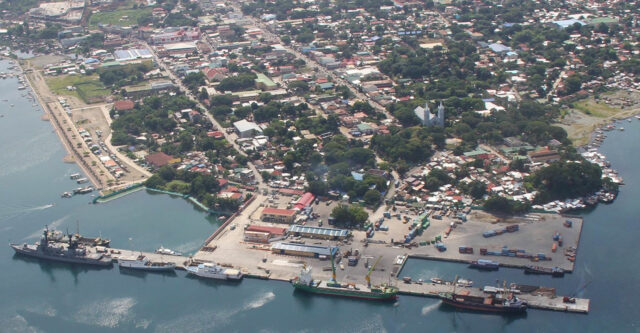DoE to hold two green energy auctions this year
By Sheldeen Joy Talavera, Reporter
THE DEPARTMENT of Energy (DoE) said it is preparing to conduct two green energy auctions (GEA) before the end of the year, with plans for another next year to include offshore wind energy.
“This year, we have green energy auction number 3,” Energy Undersecretary Rowena Cristina L. Guevara said at an energy forum on Wednesday.
“For GEA 3, our target is geothermal, pump-storage hydro, run-of-river hydro, and impounding hydro,” she added.
GEA-3 involves a total capacity of 4,399 megawatts (MW).
In February, the DoE announced that it would auction off renewable energy technologies under GEA-3, which include those that are not eligible for feed-in tariff (FIT). It also involves run-of-river hydro, which is a FIT-eligible renewable energy technology.
The GEA program aims to promote renewable energy as one of the country’s primary sources of energy through competitive selection.
The Energy Regulatory Commission (ERC) is mandated to craft rules on the price determination methodology that will be used to evaluate price offers submitted by bidders in the auction.
“We’ve been working on it, but we need to formalize the process because there will be public consultation for the rates, so there’s a process that we have to go through,” ERC Chairperson and Chief Executive Officer Monalisa C. Dimalanta told reporters on the sidelines of the event.
The DoE is also targeting holding a fourth round of GEA this year, which involves renewable energy technologies and energy storage systems.
“Originally, we’re thinking of 8,200 MW for GEA-4, but we might increase [the capacity] because we see that fossil fuel really overtakes renewable [energy],” Ms. Guevara said.
The DoE is planning to conduct a fifth round of GEA for offshore wind energy in the middle of 2025, with gigawatts (GW) of capacity to enable power generation by 2028.
Ten ports are currently under the pre-feasibility study being carried out by the government with technical assistance of the Asian Development Bank.
Under the Philippine Offshore Wind Roadmap, the Philippines has a potential capacity of about 63 GW from tapping offshore wind resources.
The Philippines has set a target of increasing the share of renewables in the energy mix to 35% by 2030 and 50% by 2040.
GEA was first conducted in 2022 and attracted a total of 1,996.93 MW worth of renewables, while GEA-2 was held in 2023, where 3,440.756 MW were awarded.
COAL IN POWER GENERATION MIX
The DoE on Wednesday defended the share of coal power in the Philippines’ power generation mix.
“The power generation mix of the Philippines cannot be directly compared with large economies like China and Indonesia, particularly the share of coal in the power generation, due to significant differences in demographic, economic, and energy profiles,” the Energy department said in a statement.
The development follows a report from energy think tank Ember, which showed the Philippines was the most coal-reliant country in Southeast Asia in 2023.
Citing a report from the Global Energy Monitor, as of January, the DoE said that China has an installed coal power plant capacity of 1,136.7 GW, Indonesia has 51.6 GW, and the Philippines has 12.1 GW.
“This underscored the vast difference in the scale of energy economic infrastructures among the three countries,” the DoE said.
In 2023, more than half, or 62%, of the country’s power generation was supplied by coal, with 69,472 gigawatt-hours, based on data from the Energy department.
“While coal remains to have the largest share in the country’s power generation mix, the Philippines makes up a minimal share of global emissions from coal,” the DoE said.
Compared to China and Indonesia, the DoE said that the Philippines accounted for 0.5% of the world’s greenhouse gas emissions.
“While the Philippines relies heavily on coal-fired power generation, the absolute amount of generation and corresponding emissions are minimal as compared to those of China and Indonesia,” the DoE said.
“Therefore, the Philippines cannot be reasonably compared to these larger economies, which have different energy strategies and infrastructures adapted to their specific demographic and economic conditions,” he added.
Meanwhile, Ms. Guevara said that the DoE is expecting a better power situation in Luzon and Mindanao during the dry months of 2025. However, the Visayas grid may experience issues due to the increased demand in Bohol.
“We can see that 2025 summer will be much, much better than 2024,” she said.

















